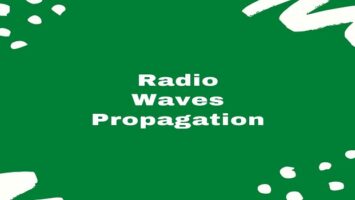Oscillation Magnetometer:
The Oscillation Magnetometer consists of a wooden box having glass windows on two sides and a long hollow vertical tube at its top as shown below. With the help of a torsion head placed at the upper end of the hollow vertical tube, a fine unspun silk thread is suspended which carries a paper or brass stirrup. The experimental magnet is always placed horizontally on this stirrup.

Before performing the experiment it is necessary to set the apparatus such that the suspension thread is free from any twists when the magnet lies in the magnetic meridian.

After placing the magnet on the stirrup, it is caused to oscillate torsionally by bringing another magnet close to the apparatus. The time period T of the oscillation of the magnet is then measured with the help of a stopwatch.
The magnet once disturbed from the equilibrium position oscillates because a restoring couple is given by pm BH sin θ acts on the magnet which tries to bring the magnet back to its equilibrium position. The angular acceleration d2θ/dt2 generated is, therefore, given by-
| I d2θ/dt2 = – pm BH sin θ |
Where I is the moment of inertia of the magnet. If the angular displacement is not large, the above relation can be written as-
| d2θ/dt2 = – (pm BH sin θ) / I |
Which shows that- (i) the angular acceleration is proportional to θ. (ii) the angular acceleration and angular displacement act in opposite directions. Hence, when θ is small the motion of the magnet is simple harmonic, and its frequency of oscillation ν and the time period T are given by the following relations:

The above relation shows that the frequency of oscillation is directly proportional to the square root of the magnetic moment and also proportional to the square root of the field BH.
If we have to compare the magnet moments pm(1) and pm(2) of two magnets, they are placed on the stirrup of the vibration magnetometer and their time periods of oscillations T1 and T2 are measured, then

Where I1 and I2 are the moments of inertia of the two magnets.
The vibration magnetometer can also be used to compare magnetic fields BH(1) and BH(2) at two places. For this, the time period of oscillation of a magnet is determined first at one location and then at the other location. If the time periods are T1 and T2 respectively, then










Comments (No)